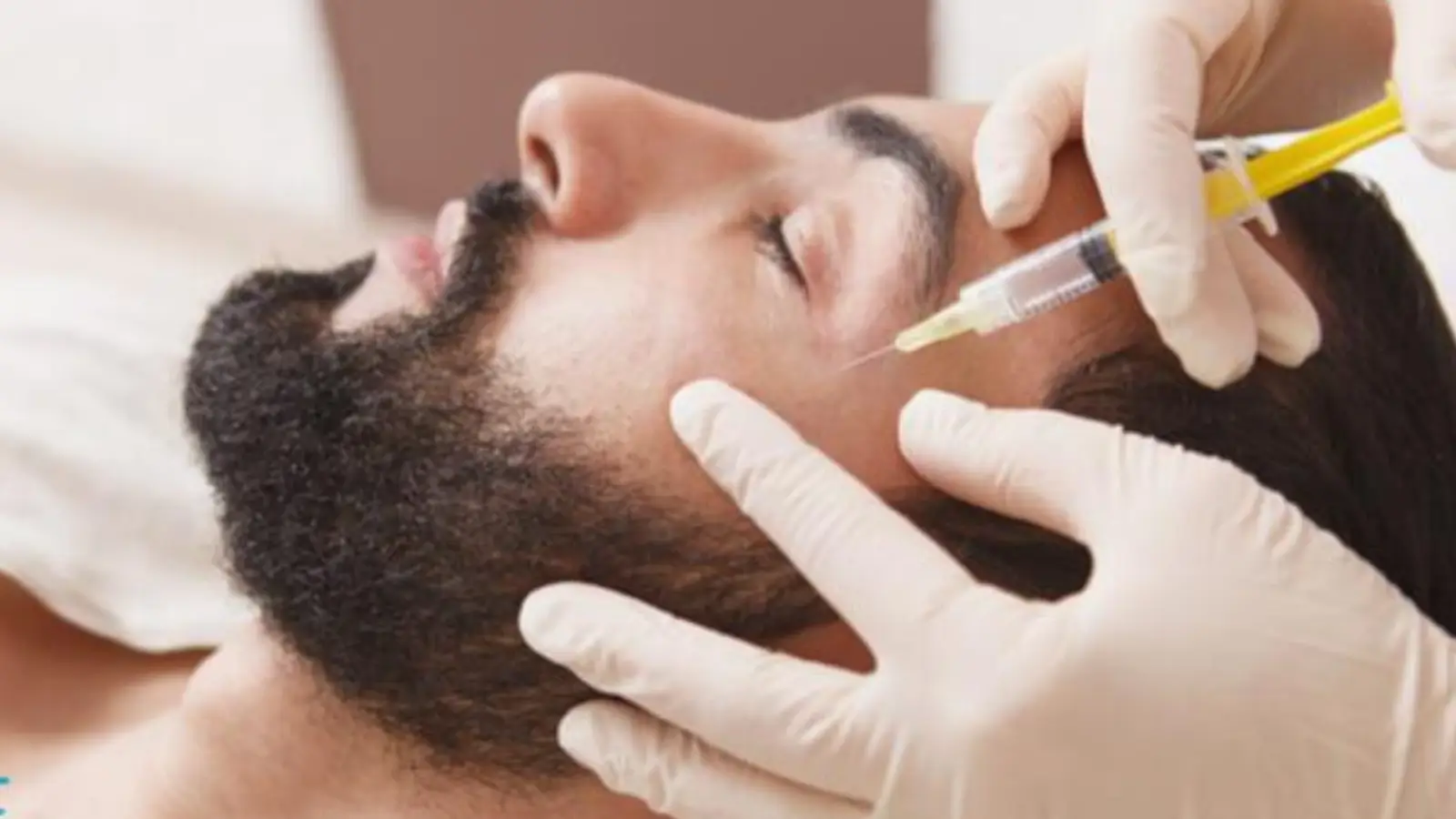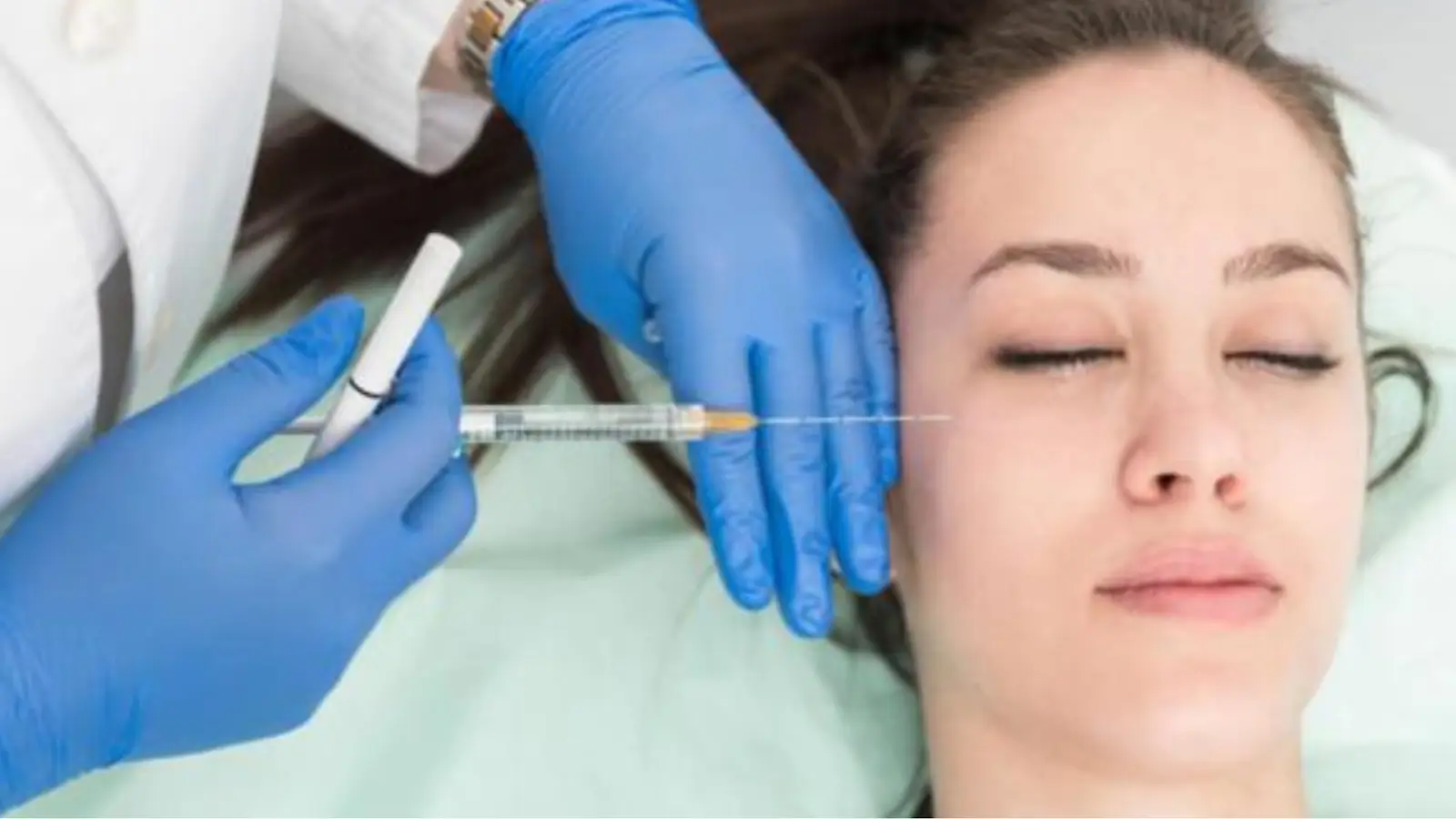
Did you know that around 20% of the population has a fear of needles? This can make aesthetic treatments like dermal fillers and Botox injections daunting. However, advancements in needle technology have made these procedures safer and more comfortable. For instance, using microcannulas instead of traditional needles can significantly reduce pain and bruising.
SoftFil microcannulas are among the most trusted tools in aesthetic medicine. Designed to enhance precision and safety, they allow for smooth, controlled injections into delicate areas. This technique ensures natural-looking results, making them a go-to choice for both professionals and patients seeking high-quality outcomes.
In this article, we’ll provide step-by-step instructions for using SoftFil microcannulas, covering best practices, safety tips, and how to achieve effective results.
Key Takeaways
- SoftFil Microcannulas are designed for safe and precise filler injections. Compared to traditional needles, these tools minimize patient discomfort and reduce complications.
- Sterilizing equipment, proper patient positioning, and accurate site mapping are vital for effective SoftFil use.
- Practitioners should conduct thorough consultations, choose the appropriate cannula size, and master injection techniques to achieve natural results.
- Cleanliness and monitoring for side effects are essential for smooth recovery and patient safety.
- SoftFil Academy provides resources to help practitioners refine their skills and enhance treatment outcomes.
About: Doctor Medica is your trusted supplier of top-quality dermal fillers, viscosupplements, and more for your medical practice. We offer genuine products from leading brands at the lowest prices. Contact Doctor Medica today to order SoftFil Cannulas online for your practice.
Introduction to SoftFil and Its Purpose

SoftFil has been a leading name in the microcannula industry since 2009, and it is recognized for enhancing the safety and precision of filler injections. The company further supports medical professionals through educational initiatives, such as the SoftFil Academy newsletter, which provides valuable insights on the safe and effective use of its tools.
SoftFil precision microcannulas are compatible with all fillers, making them versatile for various aesthetic treatments. However, to ensure optimal results, practitioners must have a thorough understanding of patient anatomy and select the appropriate microcannula for each procedure.
Preparing for SoftFil Administration

Proper preparation is essential for a safe and effective SoftFil injection. This includes sterilizing equipment, positioning the patient correctly, and identifying the most suitable injection sites.
- Sterilization of Equipment: Ensuring all tools are entirely sterile is a critical step in SoftFil procedures. Proper sterilization, such as autoclaving, eliminates germs and reduces the risk of infection. This process ensures the highest standard of hygiene and safety for every treatment.
- Patient Positioning: Correct patient positioning is vital in achieving successful outcomes. The patient should be lying comfortably with their head slightly elevated. This position allows the practitioner to identify injection areas clearly and ensures a smooth and precise application of fillers.
- Identifying Injection Sites: Accurate identification of injection sites is fundamental to the SoftFil technique. Practitioners must pinpoint areas where fillers will have the most beneficial impact, minimizing discomfort while maximizing results. Knowledge of anatomy and proper patient positioning are essential for this step.
Best Practices for SoftFil Injection

Practitioners must adhere to specific best practices to ensure safe and effective outcomes with SoftFil precision microcannulas. These guidelines enhance patient satisfaction and reduce the risk of complications.
- Thorough Patient Consultation: Before performing any SoftFil procedure, conduct a detailed consultation to understand the patient’s goals, medical history, and suitability for the treatment. Discuss potential outcomes, risks, and aftercare instructions.
- Use Proper Sterilization Techniques: All equipment, including SoftFil microcannulas, must undergo complete sterilization. Methods like autoclaving are recommended to eliminate bacteria and prevent infections.
- Select the Correct Microcannula Size: Choosing the appropriate size and length of the microcannula is critical. Factors like the treatment area, injection depth, and filler type should guide this decision to ensure precise and safe application.
- Master Injection Techniques: Practitioners should follow established techniques, such as the linear threading method or micro-droplet technique, to achieve natural-looking results. Understanding patient anatomy and being gentle during insertion reduces trauma to the tissue.
- Ensure Accurate Injection Site Mapping: Carefully identify and map injection points based on the treatment goals. This step minimizes discomfort and maximizes the effectiveness of the fillers in targeted areas.
- Monitor Patient Comfort: Regularly check in with the patient during the procedure to ensure their comfort. Using SoftFil microcannulas minimizes pain compared to traditional needles, but patient feedback remains essential.
Post-Injection Care and Follow-Up
Keeping the injection site clean and dry is essential for proper post-treatment care. Patients should gently wash the area with mild soap and water, avoiding any rubbing or pressure on the site. They should also be advised to monitor for signs of infection, such as redness, swelling, warmth, or pain. If any of these symptoms occur, it is crucial to contact a healthcare provider immediately for assessment and treatment.
Healthcare providers should monitor patients after administering a SoftFil injection to catch any potential side effects early. This includes observing the injection site for redness, swelling, or tenderness and asking patients about any discomfort they may experience. Promptly addressing these signs ensures effective management and prevents complications.
Accurate record-keeping is also vital. Practitioners should document the procedure thoroughly, noting any unusual reactions or patient feedback. This helps improve patient care and allows for better management in follow-up appointments.
Conclusion
SoftFil microcannulas revolutionize dermal filler procedures by prioritizing safety, precision, and patient comfort. Following proper preparation and injection techniques ensures optimal results, while post-injection care minimizes risks and maximizes satisfaction.
By adhering to these guidelines and utilizing resources like SoftFil Academy, practitioners can confidently deliver effective treatments, improving outcomes for patients.
FAQs
1. What makes SoftFil microcannulas unique compared to traditional needles?
SoftFil microcannulas have a blunt tip that reduces tissue trauma, pain, and bruising during filler injections. They also allow for precise application, ensuring natural-looking results.
2. How do I choose the right microcannula size?
The choice depends on the treatment area, injection depth, and filler type. Consult SoftFil guidelines or manufacturer recommendations for best results.
3. What post-injection care is recommended for patients?
Patients should keep the injection site clean and dry, avoid rubbing the area, and monitor for signs of infection like redness or swelling. Contact a healthcare provider if unusual symptoms persist.
4. Can SoftFil microcannulas be used with all dermal fillers?
Yes, SoftFil microcannulas are compatible with most dermal fillers, making them versatile for various treatments.
References
Bottomley I. Needles 101: A guide to the tools used for cosmetic injectables. Aesthetic Edit. Published March 22, 2021. https://aedit.com/aedition/guide-to-needles-used-for-cosmetic-injectables-botox-filler
Fulton J, Caperton C, Weinkle S, Dewandre L. Filler injections with the blunt-tip microcannula. Journal of Drugs in Dermatology : JDD. 2012 Sep;11(9):1098-1103. PMID: 23135654.
Signorini M, Liew S, Sundaram H, et al. Global Aesthetics Consensus: Avoidance and Management of Complications from Hyaluronic Acid Fillers—Evidence- and Opinion-Based Review and Consensus Recommendations. Plastic & Reconstructive Surgery. 2016;137(6):961e-971e. doi:10.1097/prs.0000000000002184
Related Articles
Joanna Carr
How Long Does Nexplanon Last? – Duration and Effectiveness of the Implant
Learn about the duration and effectiveness of the Nexplanon implant. Discover how long this contraceptive option lasts and what factors influence its ...
Joanna Carr
Cingal Monovisc – Comparing OA Treatments
Making the correct choice between Cingal and Monovisc depends on whether immediate or long-lasting relief is more important for the patient.
Joanna Carr
Botox Therapeutic Vs Botox Cosmetic
Have an interest in learning about Botox Therapeutic Vs Botox Cosmetic? Browse Doctor Medica's extensive archive of blog postings.


